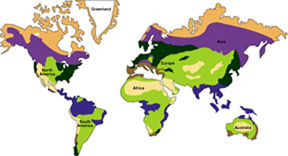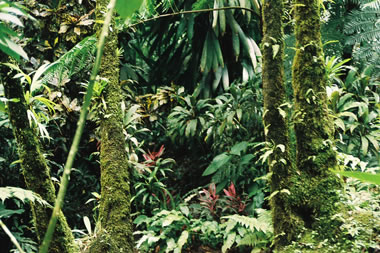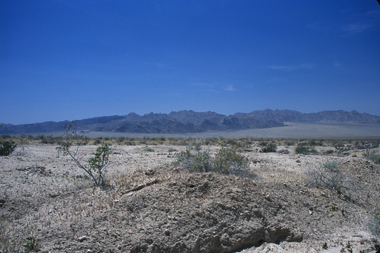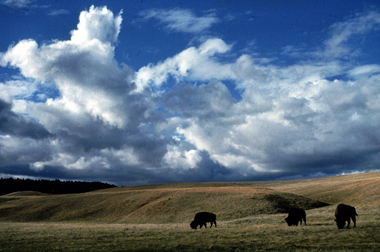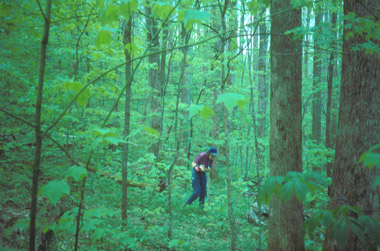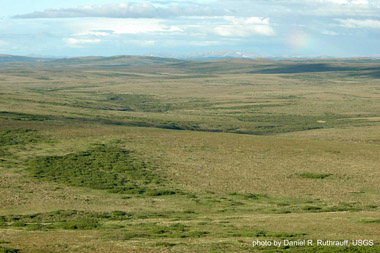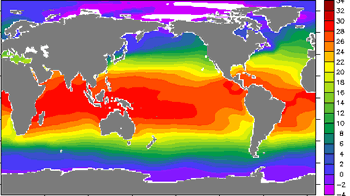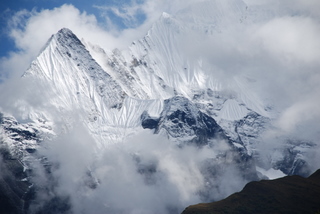Click on image for full size
Windows to the Universe original image
Related links:
Climate Changes with Latitude
Latitude determines the amount of sunlight received. The amount of sunlight and the amount of moisture received determines the ecosystem or biome. Listed below are the types of ecosystems that exist in the climates of different latitudes.The most sunlight is received at the equator of our planet, and consequently, temperatures at the low latitudes near the equator are warm. The types of ecosystems that develop in this warm environment are:
- Rainforests: As the name suggests, rainforests have heavy rainfall. The amount of rain varies a bit throughout the year while temperatures stay warm.
- Savanna: This ecosystem has a wet season and a very dry season. Large expanses of savanna are found in Asia, Africa, South America and Australia.
- Deserts: Deserts receive less rainfall than other tropical ecosystems but are just as warm. Prominent deserts are located in the southwest United States, Argentina, North Africa, and central Australia.
The area between the warm tropics and the chilly poles is called the mid latitudes. Climates in this zone are affected by both tropical air masses moving towards the poles and polar air masses moving towards the equator.
- Chaparrel: This ecosystem has wet-winters and dry-summers. Examples include central and southern California; the Mediterranean coast; the west coast of Australia; the Chilean coast; and the Cape Town region of South Africa.
- Grasslands: This ecosystem is typically found on the dry interior of continents such as western North America and Eurasia.
- Temperate forest: A moist climate allows deciduous trees to flourish in places like the eastern United States, southern Canada and central and Eastern Europe.
High latitudes receive the least sunlight, creating cold climates.
- Taiga: The forests of the taiga ecosystem survive despite long and very cold winters. Summers are short and still quite cool because of the effect of the polar air mass. Taiga forests are found in Alaska, northern Canada, and Siberia.
- Tundra: Ocean winds in arctic
coastal areas keep the temperatures from being as severe as interior regions.
A long, chilly winter season is followed by a mild season. Tundra is found
above the Arctic Circle of North America, Hudson Bay region and northern Siberia.


